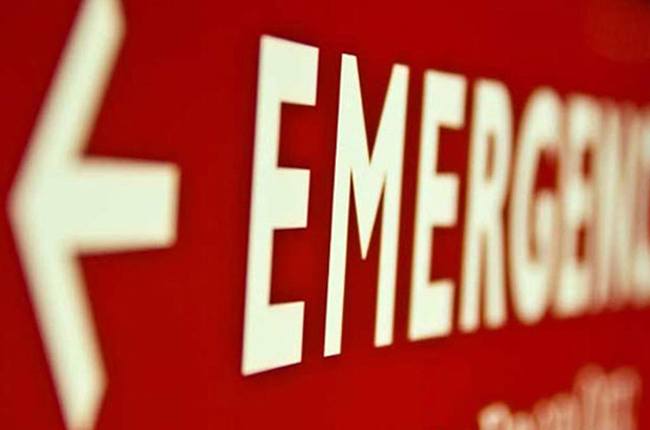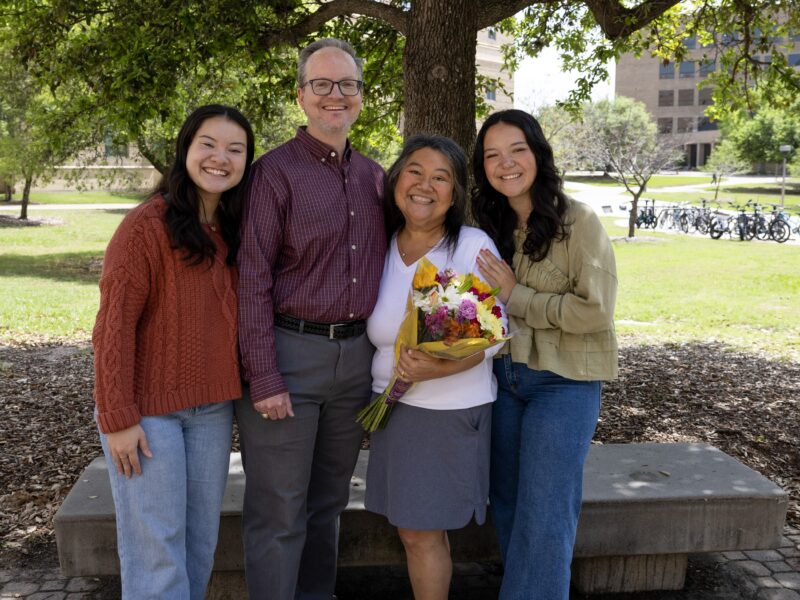 As a population, American health care consumers have access to the best specialty care in the world, but basic care for the masses continues to fall behind in terms of access and affordability. Large areas of underserved populations, combined with physician shortages and lack of available after-hours and weekend care, create a situation where consumers are often getting the wrong care in the wrong places at the wrong time: in other words, expensive care.
As a population, American health care consumers have access to the best specialty care in the world, but basic care for the masses continues to fall behind in terms of access and affordability. Large areas of underserved populations, combined with physician shortages and lack of available after-hours and weekend care, create a situation where consumers are often getting the wrong care in the wrong places at the wrong time: in other words, expensive care.
Lack of good access to care is a problem, especially in Texas, that stems from both location and availability. The physician workforce in Texas is disproportionately centralized in the five most populous counties of the state. This means that 57 percent of Texas’ physicians practice where only 44 percent of the state’s population resides. Thirty-five counties in Texas have no physician of any kind, 80 counties have five or fewer physicians and 147 counties have no OB-GYN.
Even when physicians are available 9 a.m. to 5 p.m., lack of after-hours care in many places means more people are utilizing more expensive care than they should—like the emergency department (ED). Ironically, many people are using expensive ED services because they can’t afford to go to a clinic. “People know that they have to be treated if they go to the ED,” said Jane Bolin, PhD, JD, RN, professor at the Texas A&M School of Public Health and director of the Southwest Rural Health Research Center. “Especially for the uninsured, mentally ill and homeless populations, who are not able to visit a clinic and don’t have a regular provider, the ED is a lifeline.”
The trouble is that the ED was not intended for these so-called frequent flyers, or “superutilizers,” who are in and out of the emergency room often—sometimes more in a month than the average person visits in a lifetime. Instead, it is designed for patients with true medical emergencies and life-and-death situations. “The original intention of an emergency room or department was to quickly screen and evaluate patients to get them the care they need,” Bolin said. Signs of a stroke or a heart attack should always prompt a visit to the emergency room, as should trouble breathing, serious burns, heavy bleeding and severe allergic reactions.
What the ED should not be is a replacement for a primary care provider, and when people use it as such, waste and unnecessary care results. “Emergency departments have sophisticated equipment and staff on call to handle any health condition,” Bolin said. “Of course, this also means that they are very expensive to run, and when those resources are taken by people who could have been seen elsewhere, there’s a problem.”
One estimate put this wasteful spending in the ED as $38 billion in the United States every year.
Urgent care clinics are designed to fill the need for immediate care for less serious conditions, such as suspected strep throat or a severely sprained ankle. They are often open after usual business hours and on weekends or holidays, so patients in need of immediate care can receive it without going to the ED. On the other hand, uninsured patients are often not accommodated.
The Brazos Valley Post Discharge Care Coordination program, created by the Texas A&M University Rural and Community Health Institute, is trying to solve part of the problem by following up with patients who either use the ED repeatedly or who need continuing care but who aren’t well-insured or don’t have a primary care provider. The program helps clients avoid ED visits in the future by providing basic health information and connecting people with affordable medical services in the community. Such relatively low-cost initiatives appear effective; the program’s clients have cut their utilization of the ED by 30–35 percent.
“These sorts of programs can be very effective at helping to reduce unnecessary ED visits and decrease the overall burden on the system,” Bolin said. “Hospitals and insurance companies are also financially incentivized to provide follow-up with patients, which is very helpful, especially for complex, chronic diseases, such as stroke, congestive heart failure and diabetes.”
Still, getting people to see physicians, whether in their offices or at urgent care clinics, is impossible if there aren’t enough primary care providers to go around. “Texas physicians have little capacity to take on extra work and see more patients, with more than 78 percent of them indicating that they are at full capacity or are overworked and overextended,” said Paul Ogden, MD, interim senior vice president and chief operating officer of Texas A&M University Health Science Center and interim dean of the College of Medicine. “The lack of access to health care in Texas is not just a symptom of geography and economic climate, it is also due to a lack of physicians in the workforce.” Texas increases physician numbers by hiring from other states and training new physicians, first as medical students and later as residents. Even though Texas adds 3,500 new physicians annually, the physician supply is not keeping up with the yearly increases in Texas patient population and rates of physician retirement.
The state of Texas is working to open new medical schools and increase residency positions to provide both more physicians and more residency positions within the state. Residencies take recent MD and DO graduates to work alongside licensed physicians as a requirement to obtaining licensure themselves. “Doctors who complete residencies in a state tend to practice medicine in that state,” Ogden said. “In fact, Texas retains more than 60 percent of its medical residents, and that number jumps to more than 80 percent if residents also went to medical school in Texas. Doctors who are educated in Texas tend to stay in Texas.”
Although the number of United States medical school graduates has increased, the number of residency positions nationwide has been relatively flat since 1997. There are no longer enough positions for all of the U.S. graduates and highly qualified foreign medical graduates who apply for residency. This leaves people with expensive MD and DO degrees essentially unable to practice what they’ve been taught.
“Until these issues are resolved, we will continue to have a problem with inefficient and costly care,” Bolin said. “Texas A&M has some innovative approaches that can help, but there is still much to be done. In fact, we are working on that now with the College of Medicine, the Center for Health Organization Transformation at the School of Public Health and many others at the university.”
####
This story by Christina Sumners was originally posted on Vital Record.





